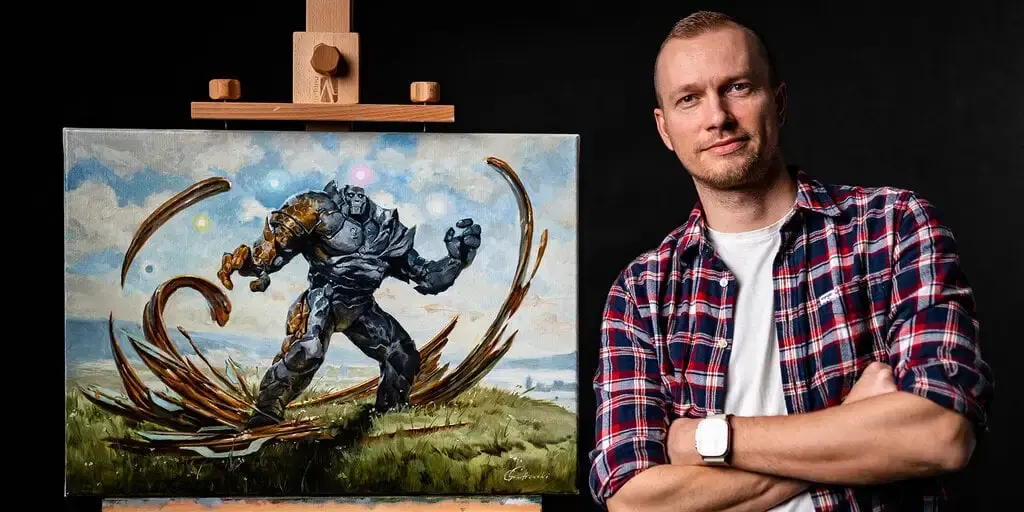Greg Rutkowski, a digital artist known for his surreal style, opposes AI art but his name and style have been frequently used by AI art generators without his consent. In response, Stable Diffusion removed his work from their dataset in version 2.0. However, the community has now created a tool to emulate Rutkowski’s style against his wishes using a LoRA model. While some argue this is unethical, others justify it since Rutkowski’s art has already been widely used in Stable Diffusion 1.5. The debate highlights the blurry line between innovation and infringement in the emerging field of AI art.



what I’m getting from all the AI stuff is the people in charge and the people that use it are scumbags
Welcome to the wonderful world of the silicon valley tech era! Everything must be profitable at all costs! Everything must steal every tiny fact about you! Everything must include ! Everything must go through enshittification!
Pretty much. There are ways of using it that most artists would be okay with. Most of the people using it flat out refuse to use it like that though.
Edit: To expand on this:
Most artists would be okay with AI art being used as reference material, inspiration, assisting with fleshing out concepts (though you should use concept artists for that in a big production), rapid prototyping and whatnot. Most only care that the final product is at least mostly human-made.
Artists generally want you to actually put effort into what you’re making because, at the end of the day, typing a prompt into stable diffusion has more in common with receiving a free commission from an artist than it has with actually being an artist. If you’re going to claim that something AI had a hand in as being your art, then you need to have done the majority of the work on it yourself.
The most frustrating thing to me, however, is that there are places in art that AI could participate in which would send artists over the moon, but it’s not flashy so no one seems to be working on making AI in those areas.
Most of what I’m personally familiar with has to do with 3d modeling, and in that discipline, people would go nuts if you released an AI tool that could do the UV work for you. Messing with UVs can be very tedious and annoying, to the point where most artists will just use a tool using conventional algorithms to auto-unwrap and pack UVs, and then call it a day, even if they’re not great.
Another area is in rigging and weight painting. In order to animate a model, you have to rig it to a skeleton (unless you’re a masochist or trying to make a game accurate to late 90s-early 00s animation), paint the bone weights (which bones affect which polygons, and by how much), add constraints, etc. Most 3d modelers would leap at the prospect of having high-quality rigging and UVs done for them at the touch of a button. However, again, because it’s not flashy to the general public, no one’s put any effort into making an AI that can do that (afaik at least).
Finally, even if you do use an AI in ways that most artists would accept as valid, you’ll still have to prove it because there are so many people who put a prompt into stable diffusion, do some minor edits to fix hands (in older version), and then try to pass it off as their own work.
Sadly, AI isn’t as good with sparse data like vertices and bones, so most attempts to use AI on 3D stuff is via NERFs, which is closer to a “photo” you can walk around in than to an actual 3D scene.